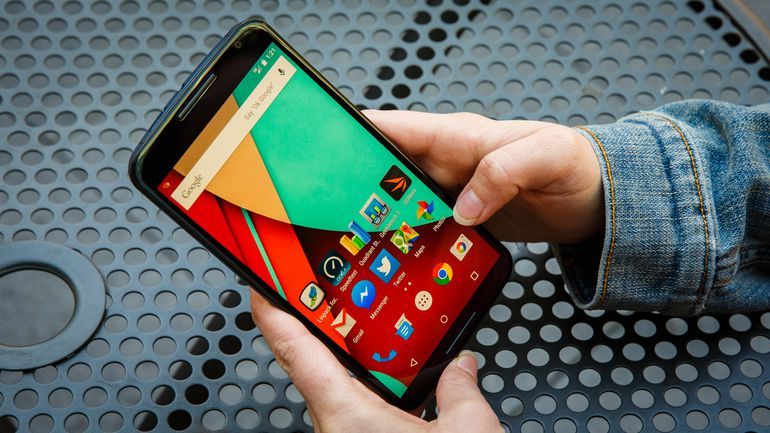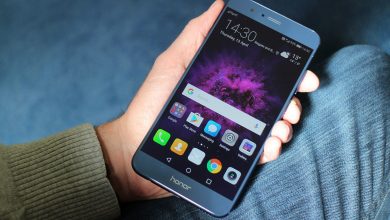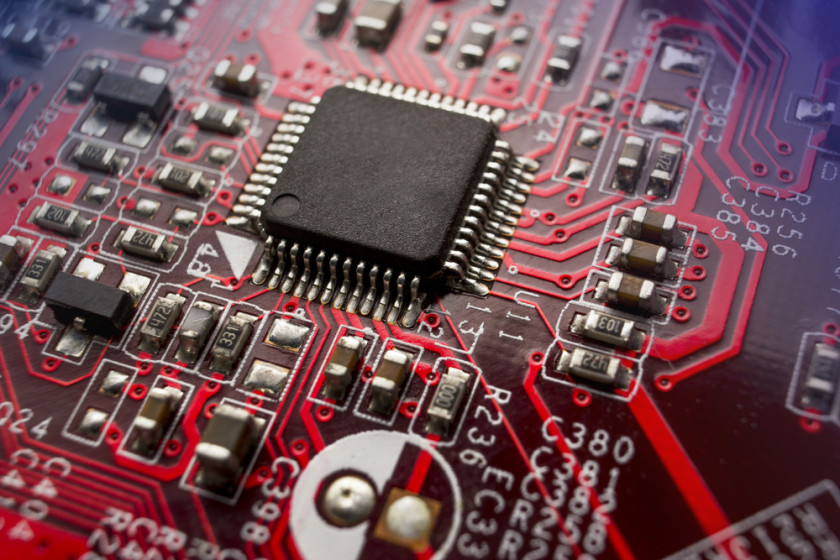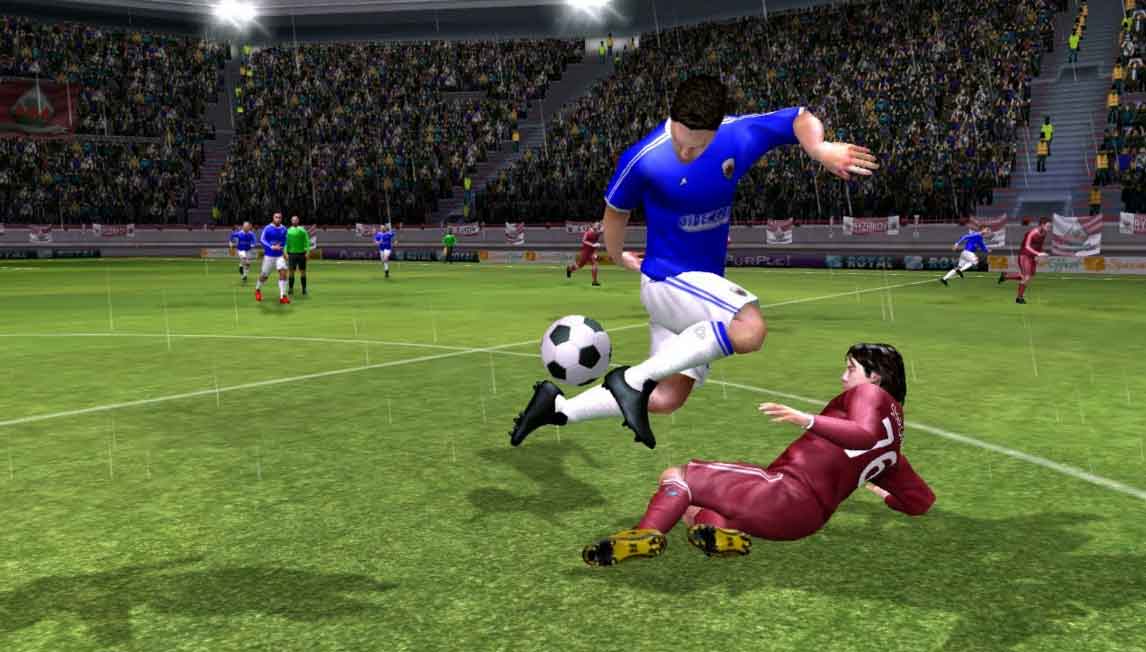Google Now is one of the most important features of the android ecosystem. The latest version is now even smarter as it implements 9 new commands. This is now available to all Android users who have access to Google Now on their devices.
Google Now has helped android users with hands free operation for a while. Among the 9 new commands the most useful one maybe the command to turn the flashlight on. Suppose you’re in a dark room and you are trying to find you’re phone, you simply say “OK Google,turn on the flashlight” and it’ll help you get out of the dark. The other 8 commands are also very helpful in our day to day lives.
The 9 new commands:
- Turn on the flashlight
- Turn on or off Wi-Fi or Bluetooth
- Play music
- Set an alarm
- Take photos or shoot videos
- Call and text people in contacts
- Modify brightness and volume (this will take you to display and sound settings)
- Open apps
IOS users haven’t received the update yet as Google only rolled it out to the Android version of the Google Now app.




